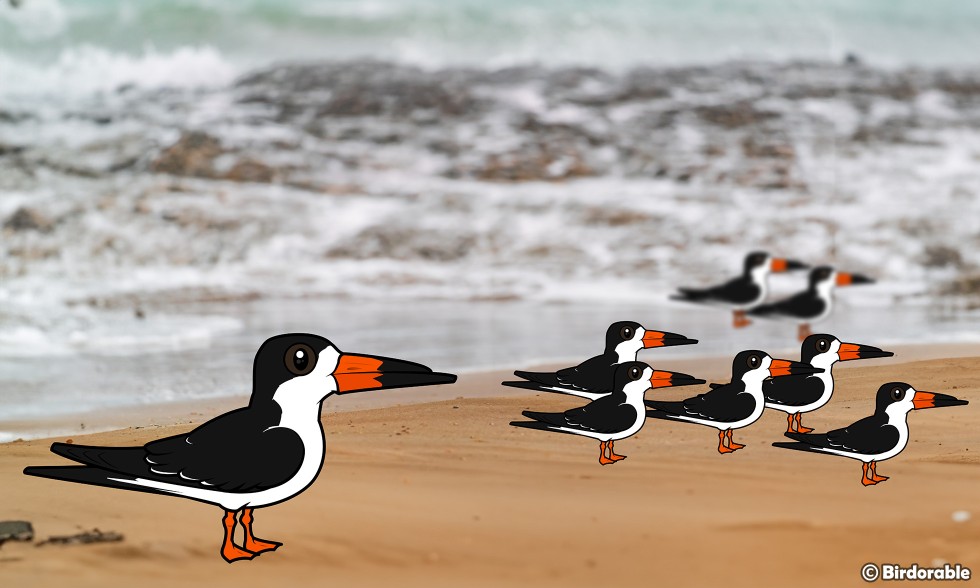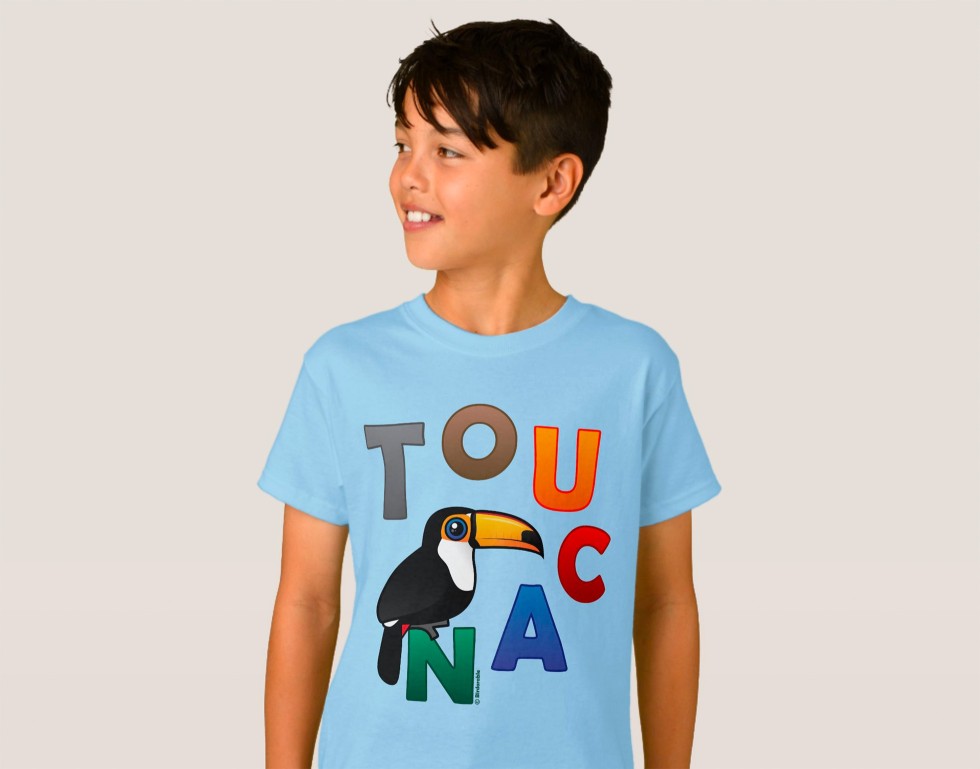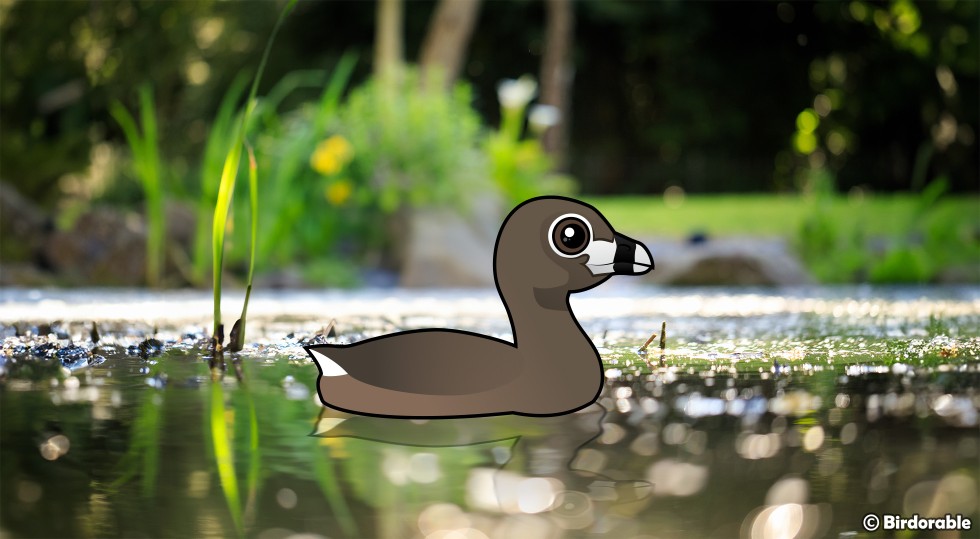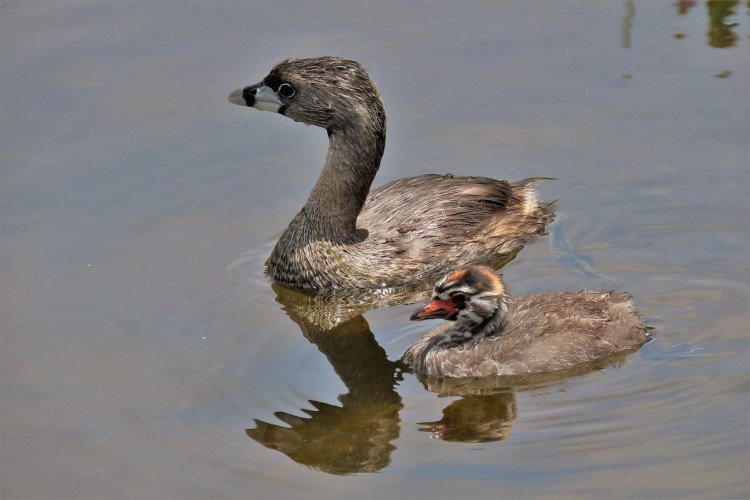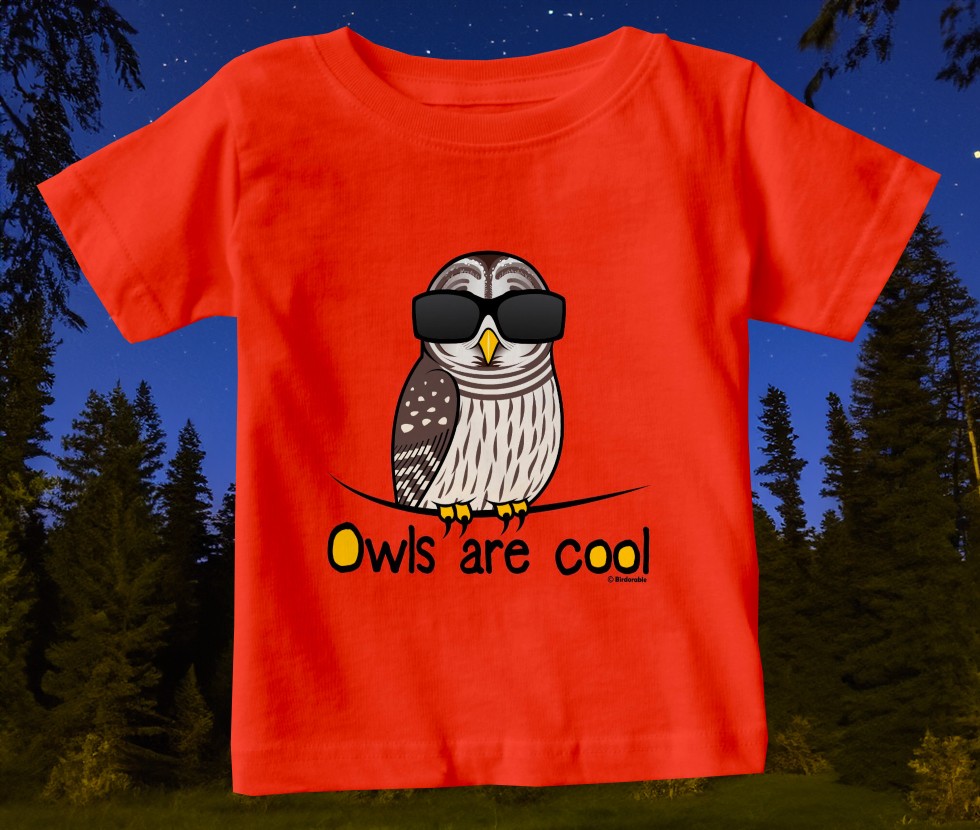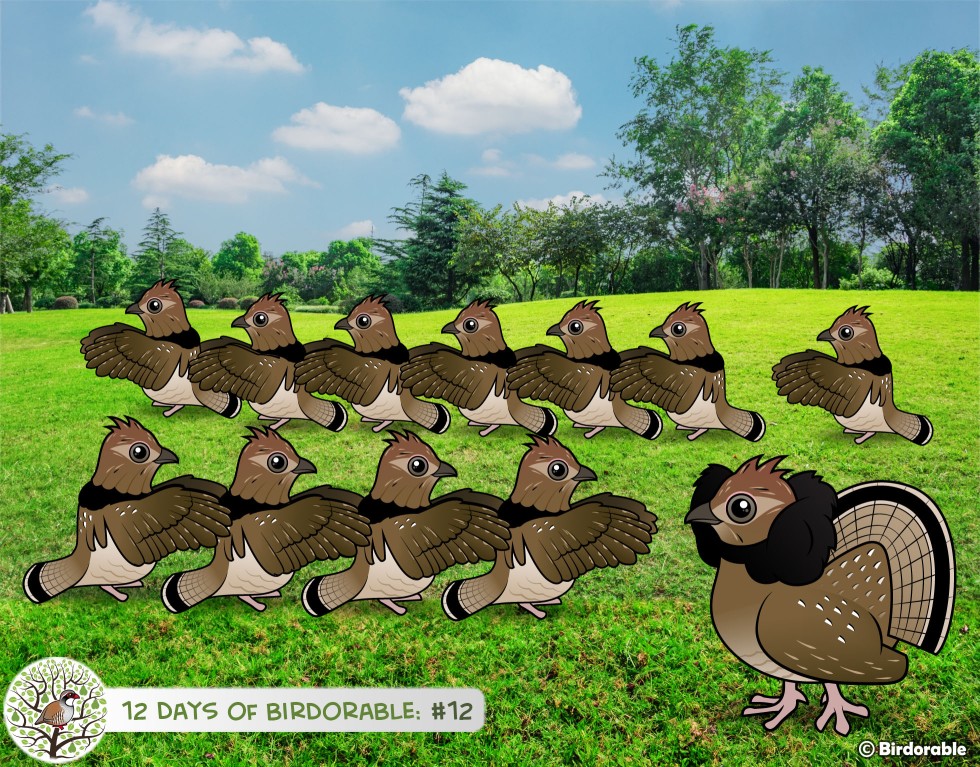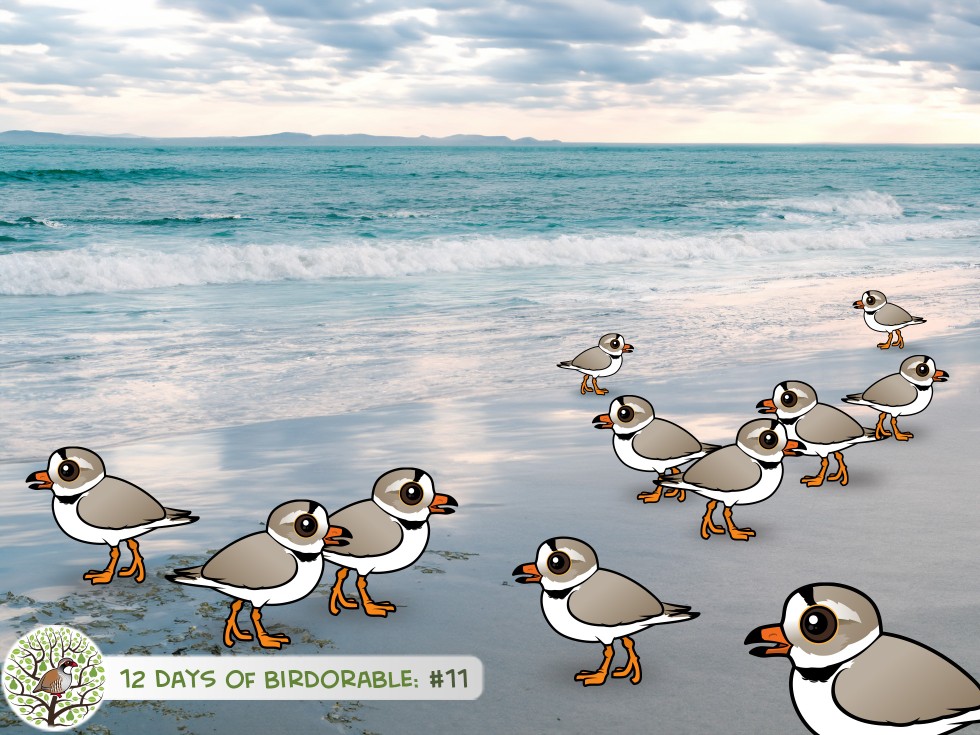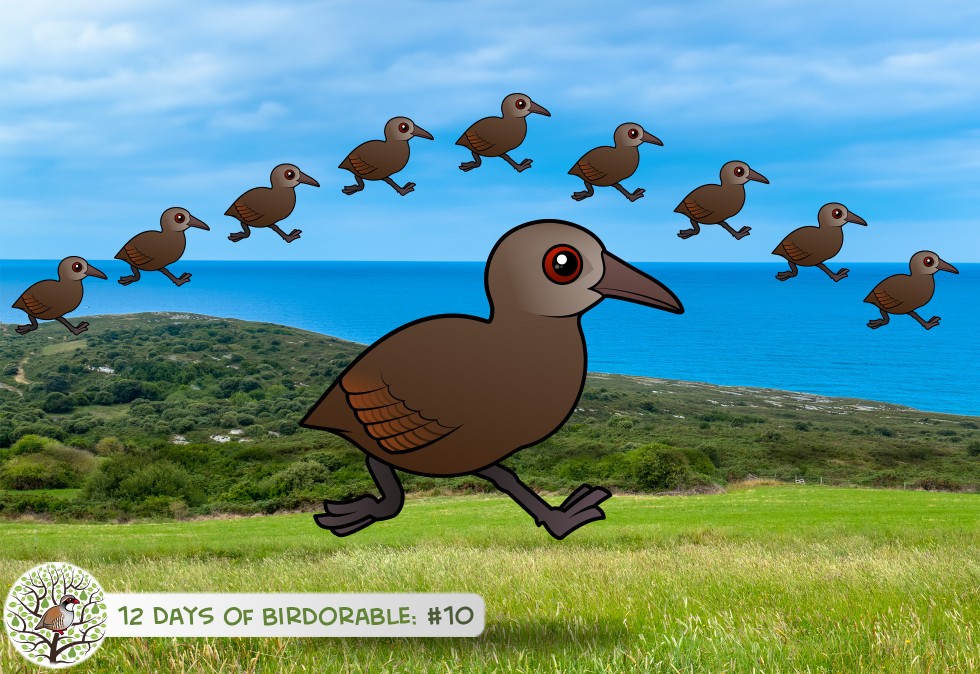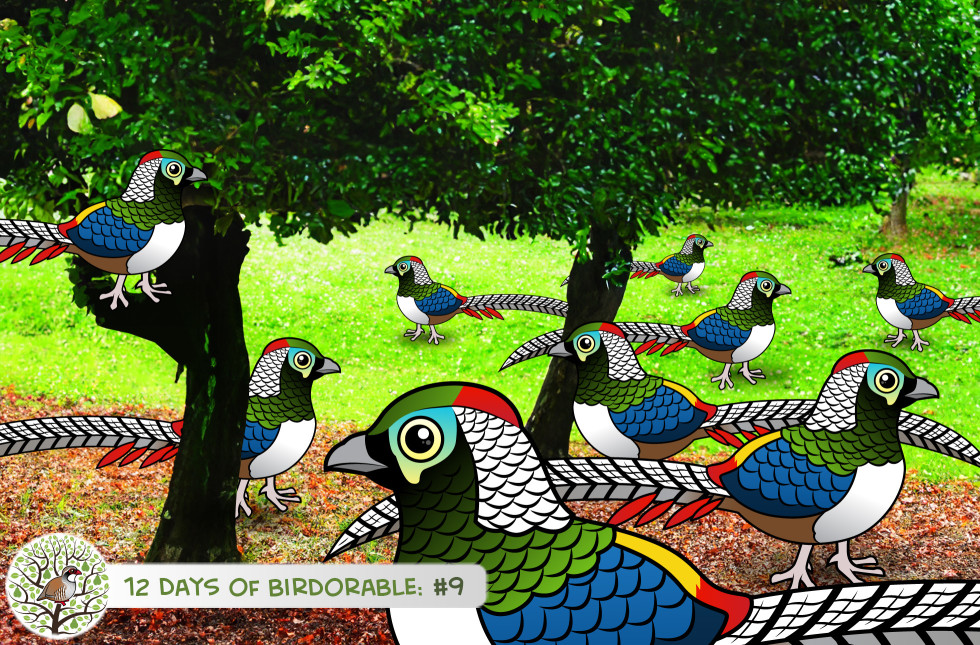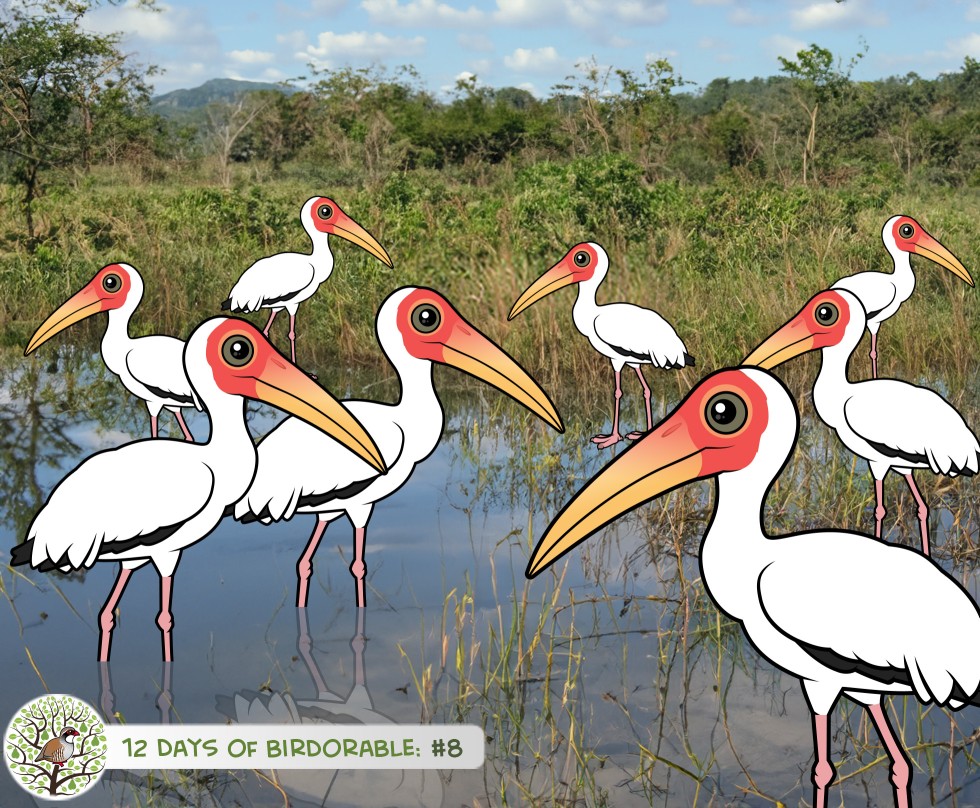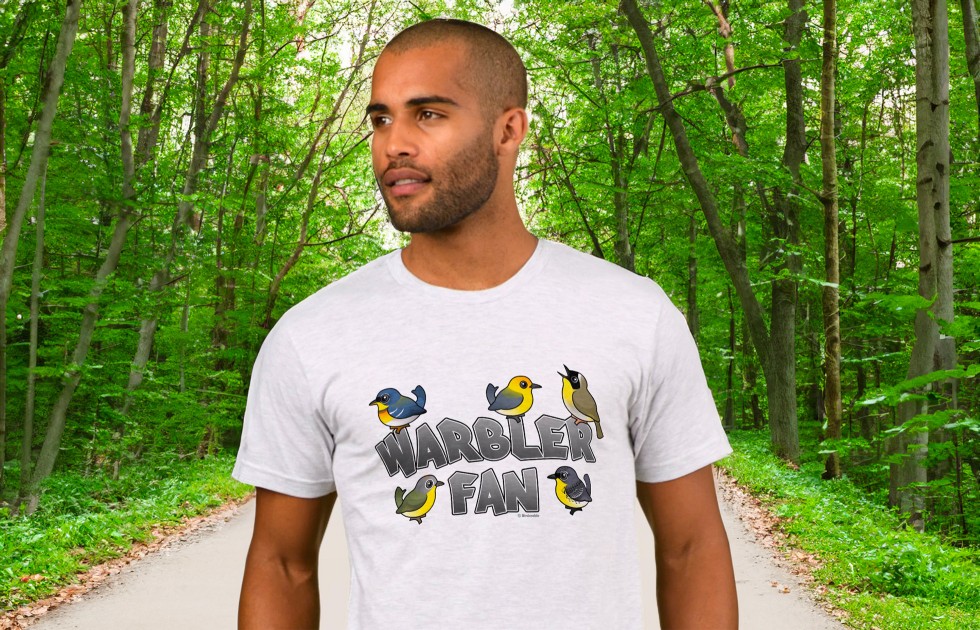
As the chill of winter starts to fade, we're eagerly anticipating the return of warblers this spring. Currently, these tiny travelers are basking in warmer weather far from their breeding grounds up here and further north. Smart birds, indeed! In a few short months, they'll grace us once again, and we'll be out and about, binoculars in hand, searching for beauties like the Northern Parula, Prothonotary Warbler, Common Yellowthroat, Kirtland's Warbler, and Nashville Warbler.
To celebrate their upcoming return, we're spotlighting our Warbler Fan design, shown here on a Bella+Canvas Jersey Short Sleeve T-Shirt from Zazzle. The design is also available other apparel styles and gifts on Amazon and Zazzle. This design showcases some of the most cherished warbler species that birdwatchers love to spot. It's a perfect way to show off your enthusiasm for these feathered wonders and keep the spirit of birding alive, even when the trees are still bare, and the air is crisp. Whether you're a seasoned birder or someone who simply enjoys the colorful spectacle these birds provide, this t-shirt is a wonderful nod to the joy and anticipation that comes with warbler season.










